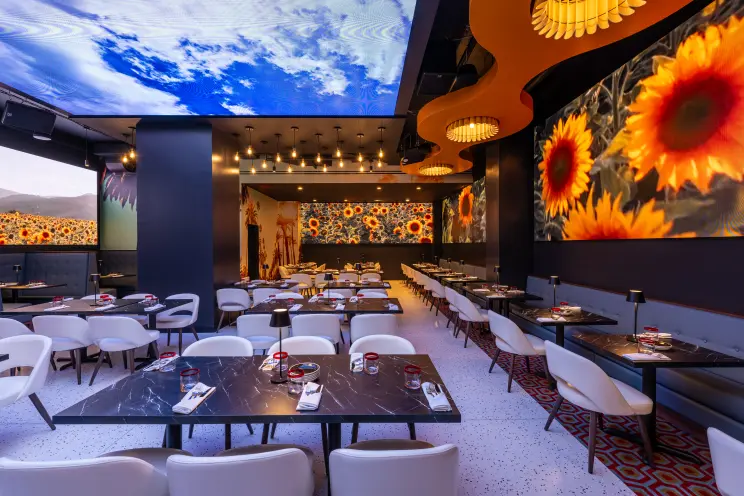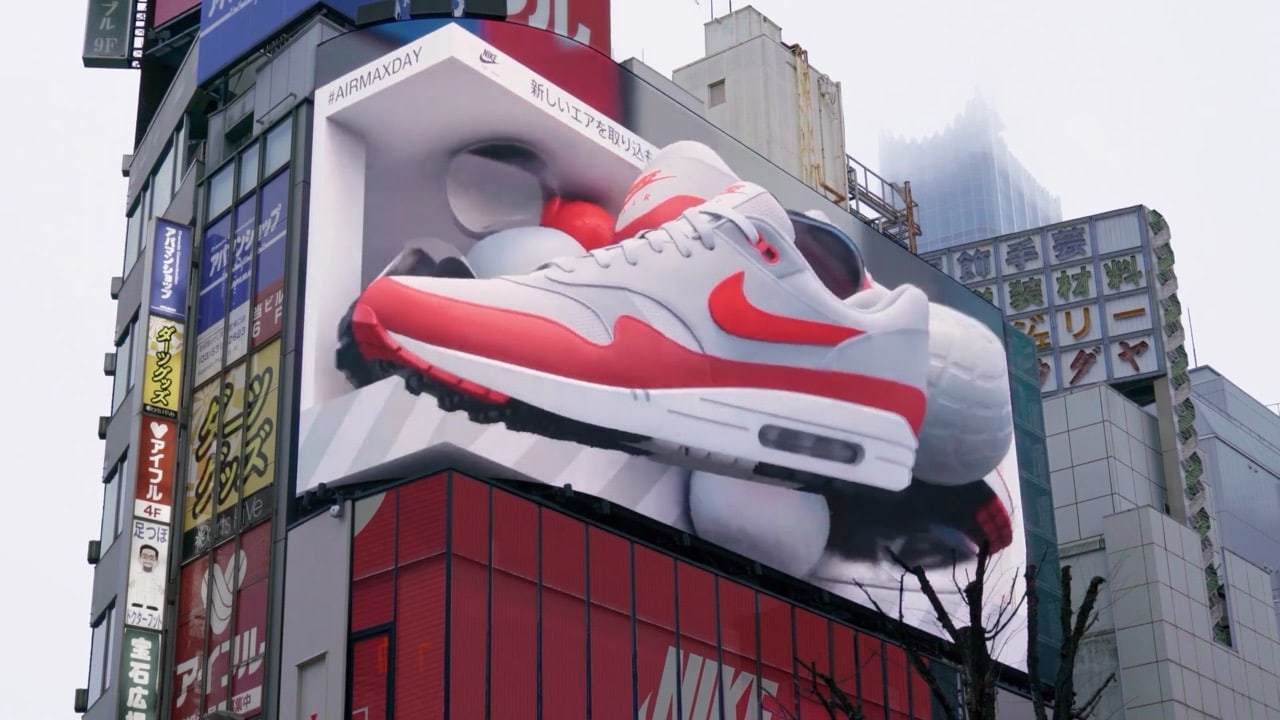

In the diverse world of out-of-home (OOH) advertising, selecting the right type of billboard is crucial for the success of your marketing campaign. Each billboard type offers unique benefits and is suited to different advertising strategies and goals. Here’s a deep dive into the main types of billboards and how to choose the best one for your needs:
Description: Static billboards feature a single, unchanging image that is either printed on large vinyl sheets or pre-pasted in sections like wallpaper. These billboards are a staple along highways and in busy urban areas.
Best for: Long-term advertising campaigns where consistent brand exposure is key. Ideal for companies looking to build brand awareness over an extended period.
Choosing Tips: Opt for high-traffic locations where daily commuter exposure guarantees repeated viewing, essential for embedding your brand’s message.

Description: These billboards use LED technology to display dynamic content that can include video, animations, and real-time updates. Digital billboards allow for multiple advertisements on a single billboard through rotating ads.
Best for: Flexible, time-sensitive advertising campaigns or promotions. They are particularly effective for engaging audiences with fresh and relevant content.
Choosing Tips: Best used in environments where quick content updates are necessary, such as near event venues or in areas with frequent pedestrian traffic. They are also excellent for interactive campaigns that link to mobile devices or social media.
Description: 3D billboards include physical or digital elements that extend beyond the flat surface, creating an eye-catching effect that stands out in an urban setting. These can be enhanced with moving parts or lighting effects. Our transparent displays can be used for 3d effects.
Best for: High-impact campaigns aiming to make a memorable impression, such as movie releases or innovative product launches.
Choosing Tips: Select locations with high foot traffic for maximum engagement. Ensure the design is bold and creative enough to captivate and intrigue passersby.
Description: Mobile billboards are ads displayed on the sides of trucks, buses, or trailers that travel around or park in strategic locations. This mobility allows the advertisement to reach different demographics as it moves.
Best for: Targeted advertising campaigns aimed at specific locations or events. Useful for campaigns that need to vary their reach day-to-day or week-to-week.
Choosing Tips: Determine the routes or areas with the highest concentration of your target audience. Use GPS data and route analysis to optimize exposure.
Description: These billboards incorporate interactive elements like touchscreens, QR codes, or augmented reality to engage directly with users. They offer not just visual ads but an interactive experience.
Best for: Engaging tech-savvy audiences, especially in urban, high-traffic areas. Suitable for brands looking to create a buzz or viral marketing effect.
Choosing Tips: Place in areas where people are likely to have the time and inclination to engage, such as shopping centers, busy city squares, or transit stations.
Choosing the right billboard involves understanding your campaign goals, knowing your audience, and selecting the type of billboard that aligns best with both. Whether your aim is long-term brand awareness or a short, impactful campaign, there’s a billboard type that fits every need. By leveraging the unique advantages of each billboard style, marketers can create effective, memorable advertising campaigns that resonate with their target audiences.